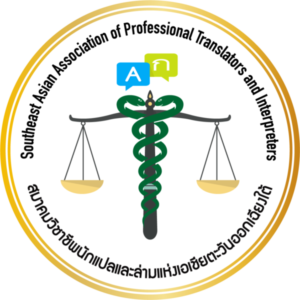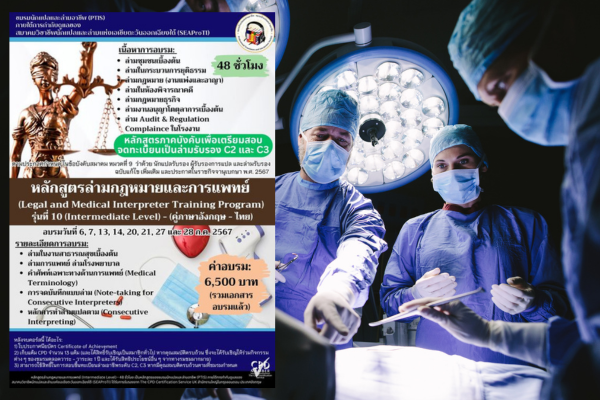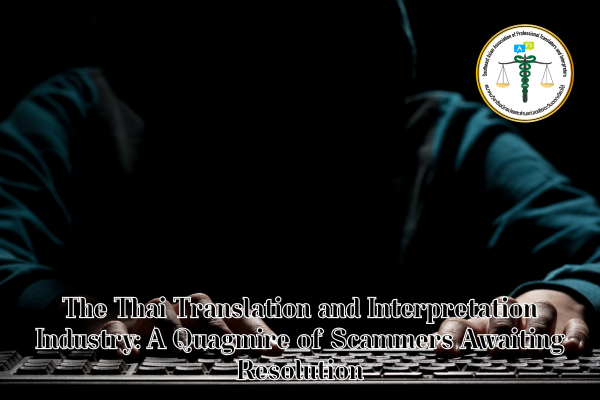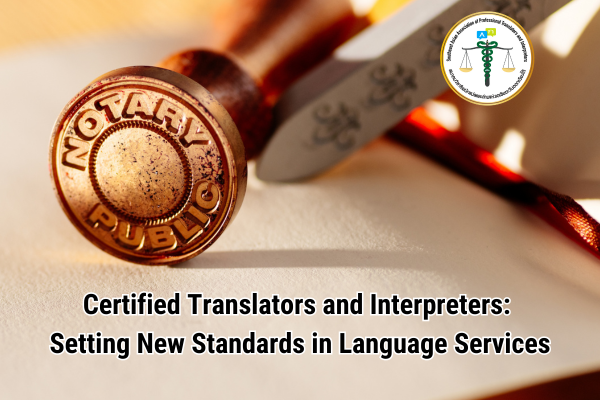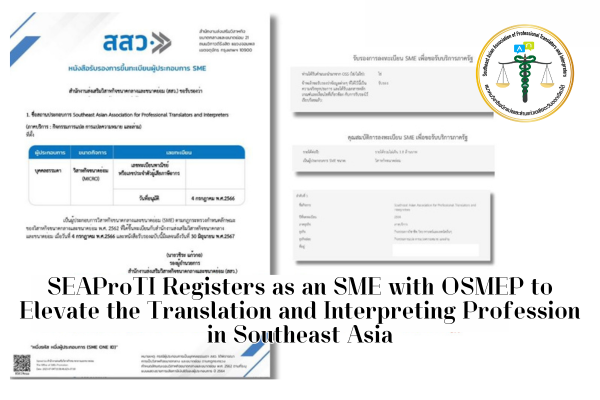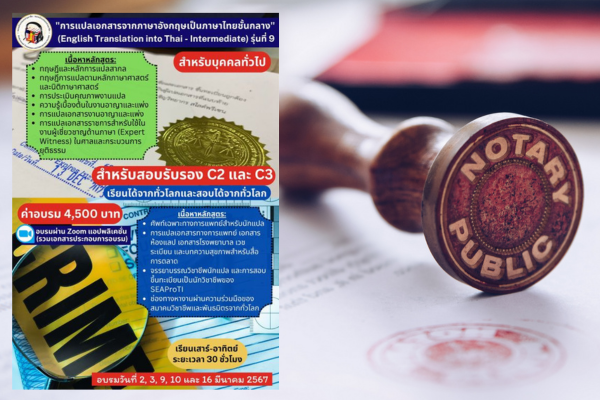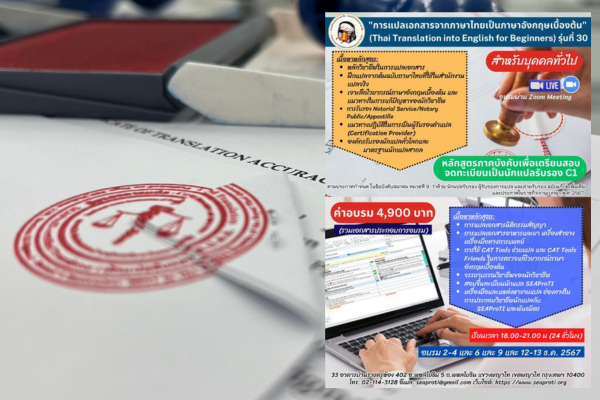The Importance of Following Client Instructions in Translation Projects
In the world of translation and localization, high-quality work doesn’t solely depend on a translator’s linguistic skills—it also hinges on attention to detail and strict adherence to client instructions. Currently, I’m involved in a large-scale translation project alongside a team of three highly skilled professionals. At first, everything seemed promising: a capable team, clear client guidelines, and a well-structured workflow. However, as I began reviewing the work, I discovered that several key instructions had been overlooked. This experience has become a challenging lesson for me, and one I’d like to share as a reminder to others in this industry.
When Instructions Are Ignored: The Consequences
As a reviewer, my primary role is to refine and polish the work, not to redo it from scratch. Yet, I’ve found myself putting in extra hours to correct mistakes that should never have occurred in the first place. Many of these errors stem from team members failing to follow the client’s guidelines—whether it’s specific terminology, structural formatting, or even the desired tone of the language. This not only delays the project but also adds unnecessary pressure on everyone involved. Most importantly, it risks undermining the client’s satisfaction with the final product.
Why Following Instructions Matters
Translation is more than just converting words from one language to another; it’s about delivering a product that meets the client’s specific needs. The instructions provided by the client often reflect the project’s goals, such as targeting a particular audience or maintaining brand consistency. If a translator disregards these guidelines, no matter how excellent their language skills may be, the outcome may fall short of expectations. This situation is akin to cooking a meal without following the recipe—while it might taste good, if it’s not the flavor the client wanted, the effort is wasted.
The Role of Everyone on the Team
In a translation project, quality isn’t the sole responsibility of the reviewer—it begins with every translator involved. If each team member takes the time to thoroughly read and understand the instructions from the outset, the reviewer’s workload lightens, and the need for multiple rounds of revisions diminishes. Effective teamwork relies on shared accountability, not on passing the burden to the final stage of the process.
Tips for Professionals in the Industry
For those in the translation or localization field, here’s a simple yet crucial piece of advice: “Read the instructions carefully and follow them diligently.” If any part of the guidelines is unclear, don’t hesitate to ask the client or project leader for clarification right away. Additionally, keeping notes or creating a checklist of key instructions can help prevent oversights. Paying attention to these small details not only improves the quality of your work but also builds your reputation as a reliable professional in this field.
Summary
Following client instructions in translation projects is as vital as linguistic expertise because it shapes the direction and quality of the final output. Ignoring guidelines can lead to errors that require time and resources to fix, impacting both the team and the client. Therefore, whether you’re a translator or a reviewer, starting with a focus on the instructions is the key to success in every project. Let’s work together to uphold high standards in translation by taking responsibility for our individual roles!
SEAProTI’s certified translators, translation certification providers, and certified interpreters:
The Southeast Asian Association of Professional Translators and Interpreters (SEAProTI) has officially announced the criteria and qualifications for individuals to register as “Certified Translators,” “Translation Certification Providers,” and “Certified Interpreters” under the association’s regulations. These guidelines are detailed in Sections 9 and 10 of the Royal Thai Government Gazette, issued by the Secretariat of the Cabinet under the Office of the Prime Minister of the Kingdom of Thailand, dated July 25, 2024, Volume 141, Part 66 Ng, Page 100.
To read the full publication, visit: the Royal Thai Government Gazette
เมื่อต้องบรีฟงานกับลูกค้า : ความสำคัญของการปฏิบัติตามคำแนะนำของลูกค้าในงานแปล
ในโลกของการแปลและการ localization งานที่มีคุณภาพสูงไม่ได้ขึ้นอยู่แค่เพียงทักษะทางภาษาของนักแปลเท่านั้น แต่ยังรวมถึงความใส่ใจในรายละเอียดและการปฏิบัติตามคำแนะนำของลูกค้าอย่างเคร่งครัดด้วย ปัจจุบัน ฉันกำลังทำงานในโครงการแปลขนาดใหญ่ร่วมกับทีมงานมืออาชีพที่มีความสามารถถึงสามคน ทุกอย่างดูเหมือนจะเริ่มต้นได้ดี ทีมงานมีศักยภาพ คำแนะนำจากลูกค้าชัดเจน และมีขั้นตอนการทำงานที่เป็นระบบ แต่เมื่อถึงขั้นตอนการตรวจทาน ฉันกลับพบว่าคำแนะนำสำคัญหลายข้อถูกละเลย สถานการณ์นี้กลายเป็นบทเรียนที่หนักหนาสำหรับฉัน และเป็นสิ่งที่อยากแบ่งปันเพื่อเตือนใจผู้ที่อยู่ในวงการนี้
เมื่อคำแนะนำถูกละเลย: ปัญหาที่ตามมา
ในฐานะผู้ตรวจทาน หน้าที่หลักของฉันคือการขัดเกลาและแก้ไขงานให้สมบูรณ์ ไม่ใช่การเริ่มต้นทุกอย่างใหม่ตั้งแต่ต้น แต่สิ่งที่เกิดขึ้นคือ ฉันต้องใช้เวลานอกเหนือจากปกติเพื่อแก้ไขข้อผิดพลาดที่ไม่ควรเกิดขึ้นเลยตั้งแต่แรก ข้อผิดพลาดเหล่านี้ส่วนใหญ่เกิดจากการที่นักแปลในทีมไม่ได้ยึดตามแนวทางที่ลูกค้ากำหนดไว้ เช่น รูปแบบการใช้คำศัพท์เฉพาะ การจัดวางโครงสร้าง หรือแม้แต่โทนของภาษาที่ต้องการ สิ่งนี้ไม่เพียงทำให้งานล่าช้า แต่ยังเพิ่มภาระให้กับทุกคนในทีม และที่สำคัญคืออาจส่งผลต่อความพึงพอใจของลูกค้าได้
เหตุใดการปฏิบัติตามคำแนะนำจึงสำคัญ
การแปลไม่ใช่แค่การถ่ายทอดคำจากภาษาหนึ่งไปสู่อีกภาษาหนึ่ง แต่เป็นการสร้างผลงานที่ตอบโจทย์ความต้องการของลูกค้า คำแนะนำที่ลูกค้าให้มานั้นมักสะท้อนถึงเป้าหมายของโครงการ เช่น การสื่อสารกับกลุ่มเป้าหมายที่เฉพาะเจาะจง หรือการรักษาความสอดคล้องกับแบรนด์ หากนักแปลมองข้ามส่วนนี้ แม้ว่าจะมีทักษะภาษาที่ยอดเยี่ยมเพียงใด ผลลัพธ์ที่ได้ก็อาจไม่ตรงตามความคาดหวัง สถานการณ์นี้เปรียบเสมือนการปรุงอาหารโดยไม่สนใจสูตร ถึงแม้จะอร่อย แต่ถ้าไม่ใช่รสชาติที่ลูกค้าต้องการ งานนั้นก็ถือว่าไม่สำเร็จ
บทบาทของทุกคนในทีม
ในโครงการแปล คุณภาพไม่ได้ขึ้นอยู่กับผู้ตรวจทานเพียงคนเดียว แต่เริ่มต้นตั้งแต่นักแปลทุกคนที่เกี่ยวข้อง หากทุกคนในทีมให้ความสำคัญกับการอ่านและทำความเข้าใจคำแนะนำอย่างถี่ถ้วนตั้งแต่แรก ภาระงานของผู้ตรวจทานจะลดลง และโอกาสที่งานจะต้องแก้ไขซ้ำหลายรอบก็จะน้อยลงด้วย การทำงานเป็นทีมที่มีประสิทธิภาพจึงต้องอาศัยความรับผิดชอบร่วมกัน ไม่ใช่การโยนทุกอย่างไปที่ขั้นตอนสุดท้าย
ข้อแนะนำสำหรับคนในวงการแปล
สำหรับผู้ที่อยู่ในวงการแปลหรือ localization คำแนะนำง่าย ๆ แต่สำคัญคือ “อ่านคำแนะนำให้ละเอียด และปฏิบัติตามอย่างเคร่งครัด” หากมีข้อสงสัยเกี่ยวกับแนวทางใด ๆ ควรถามลูกค้าหรือหัวหน้าโครงการทันทีเพื่อความชัดเจน นอกจากนี้ การจดบันทึกหรือทำเช็กลิสต์คำแนะนำสำคัญไว้ก็เป็นวิธีที่ดีในการป้องกันการลืมหรือมองข้ามรายละเอียด การใส่ใจในจุดเล็ก ๆ เหล่านี้จะช่วยยกระดับคุณภาพงาน และสร้างความน่าเชื่อถือให้กับตัวคุณเองในสายอาชีพนี้
บทสรุป
การปฏิบัติตามคำแนะนำของลูกค้าในงานแปลมีความสำคัญไม่แพ้ทักษะทางภาษา เพราะมันเป็นตัวกำหนดทิศทางและคุณภาพของผลงาน การมองข้ามแนวทางที่กำหนดอาจนำไปสู่ข้อผิดพลาดที่ต้องใช้เวลาและทรัพยากรในการแก้ไข ซึ่งส่งผลกระทบต่อทั้งทีมและลูกค้า ดังนั้น ไม่ว่าคุณจะเป็นนักแปลหรือผู้ตรวจทาน การเริ่มต้นด้วยความใส่ใจในคำแนะนำตั้งแต่แรกคือกุญแจสู่ความสำเร็จของทุกโครงการ มาช่วยกันสร้างมาตรฐานงานแปลที่มีคุณภาพ ด้วยการรับผิดชอบในส่วนของตัวเองกันเถอะ!
เกี่ยวกับนักแปลรับรอง ผู้รับรองการแปล และล่ามรับรองของสมาคมวิชาชีพนักแปลและล่ามแห่งเอเชียตะวันออกเฉียงใต้
สมาคมวิชาชีพนักแปลและล่ามแห่งเอเชียตะวันออกเฉียงใต้ (SEAProTI) ได้ประกาศหลักเกณฑ์และคุณสมบัติผู้ที่ขึ้นทะเบียนเป็น “นักแปลรับรอง (Certified Translators) และผู้รับรองการแปล (Translation Certification Providers) และล่ามรับรอง (Certified Interpreters)” ของสมาคม หมวดที่ 9 และหมวดที่ 10 ในราชกิจจานุเบกษา ของสำนักเลขาธิการคณะรัฐมนตรี ในสำนักนายกรัฐมนตรี แห่งราชอาณาจักรไทย ลงวันที่ 25 ก.ค. 2567 เล่มที่ 141 ตอนที่ 66 ง หน้า 100 อ่านฉบับเต็มได้ที่: นักแปลรับรอง ผู้รับรองการแปล และล่ามรับรอง

